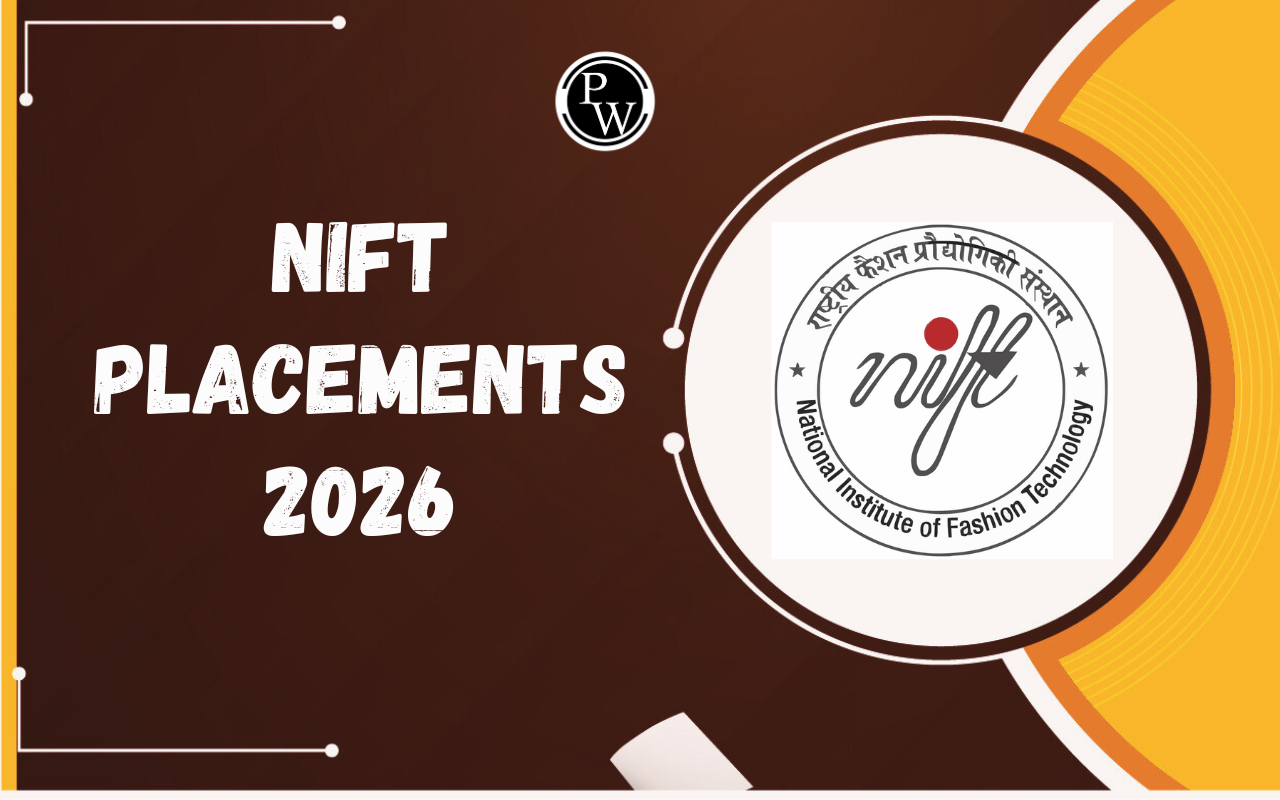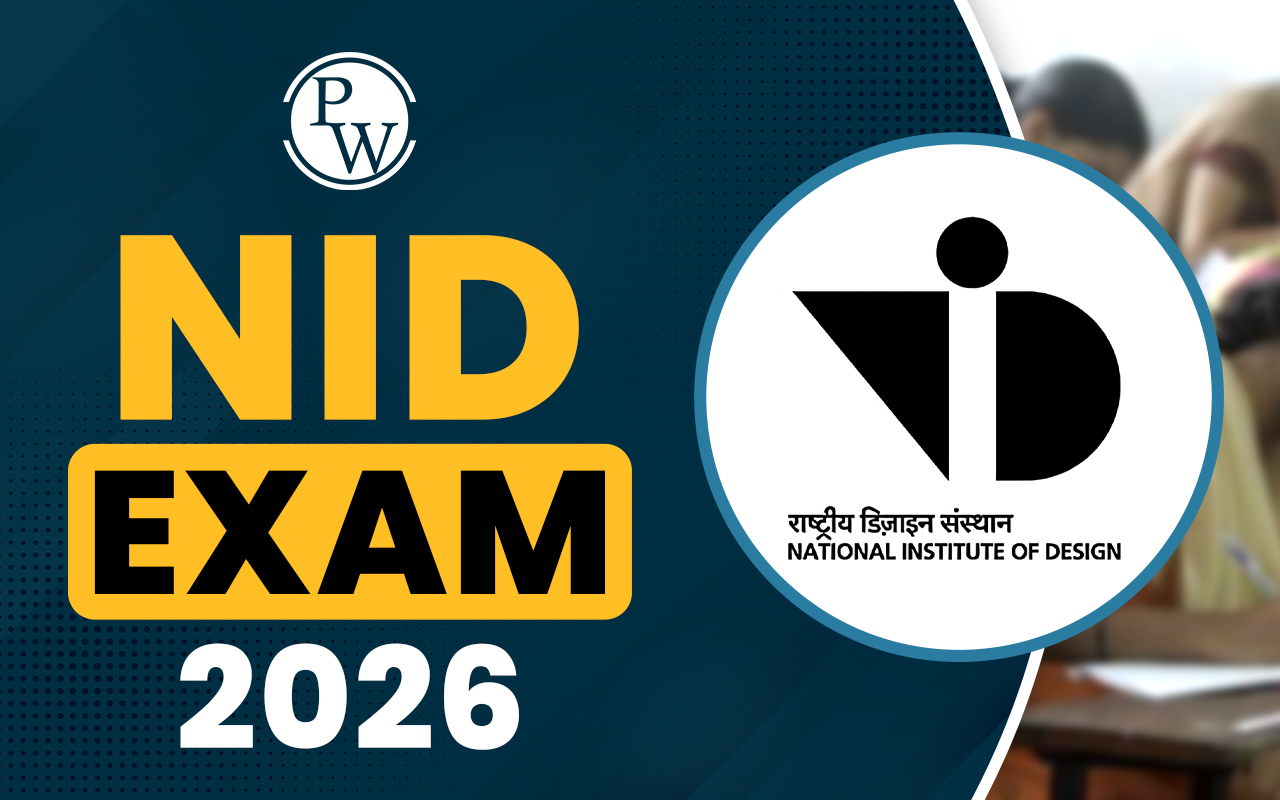
CEED Syllabus 2026: IIT Bombay has unveiled the CEED syllabus on its admissions portal, also detailed in the CEED information brochure. Aspiring candidates must thoroughly review the CEED syllabus to understand its components, including exam sections, subject-specific topics, and their respective weights. The CEED syllabus delineates the topics for each part, elucidating the question types and evaluated skills.
The CEED 2026 entrance exam comprises two parts: an online-based Part A and an offline-based Part B. Additionally, candidates should refer to the CEED exam pattern, which outlines the test structure, section-wise questions, and marking scheme. It's noteworthy that IIT Bombay had revised the CEED syllabus and exam pattern for CEED in the preceding edition. CEED is conducted for admission to the M.Des course.
CEED Exam 2026
Common Entrance Exam for Design (CEED) 2026 is a national-level entrance test conducted for admission to Master of Design (M.Des) and PhD programs at premier institutes in India. CEED evaluates candidates on visual perception, design aptitude, creativity, problem-solving, and drawing skills. The exam is typically held once a year in January, and eligibility requires a bachelor’s degree in any field or equivalent. CEED scores are also used for shortlisting candidates for interviews and admissions.
CEED Revised Syllabus 2026 Subject-Wise
| Topic | Description |
| CEED Syllabus 2026 for Part A | |
| Visualization and spatial reasoning | Ability to visualize and transform 2D shapes and 3D objects and their spatial relationships. |
| Practical and scientific knowledge | Understanding of scientific principles and everyday objects. |
| Observation and design sensitivity | Detection of concealed properties in daily life and critical thinking about them. |
| Environment and society | General awareness of environmental, social, and cultural connections with design. |
| Analytical and logical reasoning | Ability to analyze qualitative and quantitative information. |
| Language | Proficiency in reading and comprehending Standard English. |
| Creativity | Grasp of verbal and non-verbal analogies, metaphors, signs, and symbols. |
| Art and Design knowledge | Awareness of art/artifact/product, artists/designers, art/design history, and trends. |
| Design methods and practices | Knowledge of media, materials, production processes, and ergonomics. |
| CEED Syllabus 2026 for Part B | |
| Drawing | Ability to draw products, people, or scenes in proportion with good line quality and composition. |
| Creativity | Capacity to think out-of-the-box and come up with unique as well as diverse solutions. |
| Communication | Skills to communicate concepts and ideas clearly with text and visuals. |
| Problem identification | Capability to understand the user and context and knowledge of material properties for design. |
Compare New and Old CEED Syllabus
IIT Bombay has revised the CEED syllabus. Candidates can visit the official website to get detailed information on the revised CEED syllabus. The new syllabus is designed to better align with current design industry trends and the evolving role of technology in design. Below is the syllabus outline for Part A of the previous CEED examination.
| New and Old CEED Syllabus Comparision | |
|---|---|
|
Topics |
Description |
|
Visualization and Spatial Ability |
This section tests comprehension of 2D shapes and 3D objects and their spatial relationships. It also evaluates understanding of practical and everyday mechanical and scientific concepts. |
|
Environmental and Social Awareness |
General knowledge of environmental factors like climate, vegetation, and their influence on product design, along with awareness of social and cultural aspects in design. It includes understanding the history of art, sculpture, and literature, as well as socially responsible and environmentally sustainable design practices. |
|
Analytical and Logical Reasoning |
Assessment of the ability to analyze qualitative and quantitative information, discern patterns, and evaluate arguments. It includes tasks like data interpretation, solving brainteasers, and identifying patterns, as well as checking for biases and assumptions in arguments. |
|
Language and Creativity |
Evaluation of proficiency in Standard English, covering reading comprehension, grammar, and vocabulary skills. Additionally, it assesses creative thinking ability, including the capacity to think innovatively, distinguish between alternative options, and think outside conventional boundaries. |
|
Design Thinking and Problem Solving |
This section gauges the ability to use visual analogies, metaphors, and symbols for problem-solving. It also examines the understanding of complexity, problem identification, generation of alternatives, and selection of solutions using design thinking principles. |
|
Observation and Design Sensitivity |
Assessment of the ability to perceive hidden properties in everyday objects and situations and think critically about them. It involves attention to detail, analysis, classification, inference, prediction, and the discernment of subtle differences in visual properties and aesthetic outcomes. |
In the previous syllabus for Part B, inquiries were posed covering the subsequent subjects.
|
Topics |
Description |
|---|---|
|
Drawing |
Proficiency in rendering products, individuals, or scenes with accurate proportions, employing high-quality lines, and mastering composition, perspective, and shading. |
|
Creativity |
Exhibiting the capacity for unconventional thinking, generating both original and varied solutions to design challenges. |
|
Communication Skills |
Mastery in articulating concepts and ideas effectively through written and visual mediums to ensure clarity of communication. |
|
Analytical and Problem Solving Skills |
Competence in comprehending user needs and contextual factors, understanding material properties and processes, and applying innovative solutions in design. This includes the ability to develop characters, plots, and narratives |
Books for CEED Syllabus 2026
When preparing for the CEED 2026, selecting the right books is crucial to cover the diverse topics in the syllabus. Some of the books that cover CEED syllabus comprehensively are listed below.| Book Name | Author/Publisher |
| Cracking CEED & UCEED: A Comprehensive Guide for the Entrance Examination | Ashok Goel and Arjun Kamal |
| Creative Aptitude and Mental Ability: Theory and Practice | R S Aggarwal |
| NID, IITs and IISc Entrance Exam Guide | Surendra Kavimandan |
| A Complete Self-Study Guide for the B.Arch Entrance Examination | P K Mishra |
CEED Syllabus 2026 FAQs
Where can I find the CEED 2026 syllabus?
What does the CEED 2026 syllabus encompass?
How is CEED 2026 exam structured?
Why is Part B of the CEED 2026 exam emphasized?
What is validity of the CEED 2026 score?










